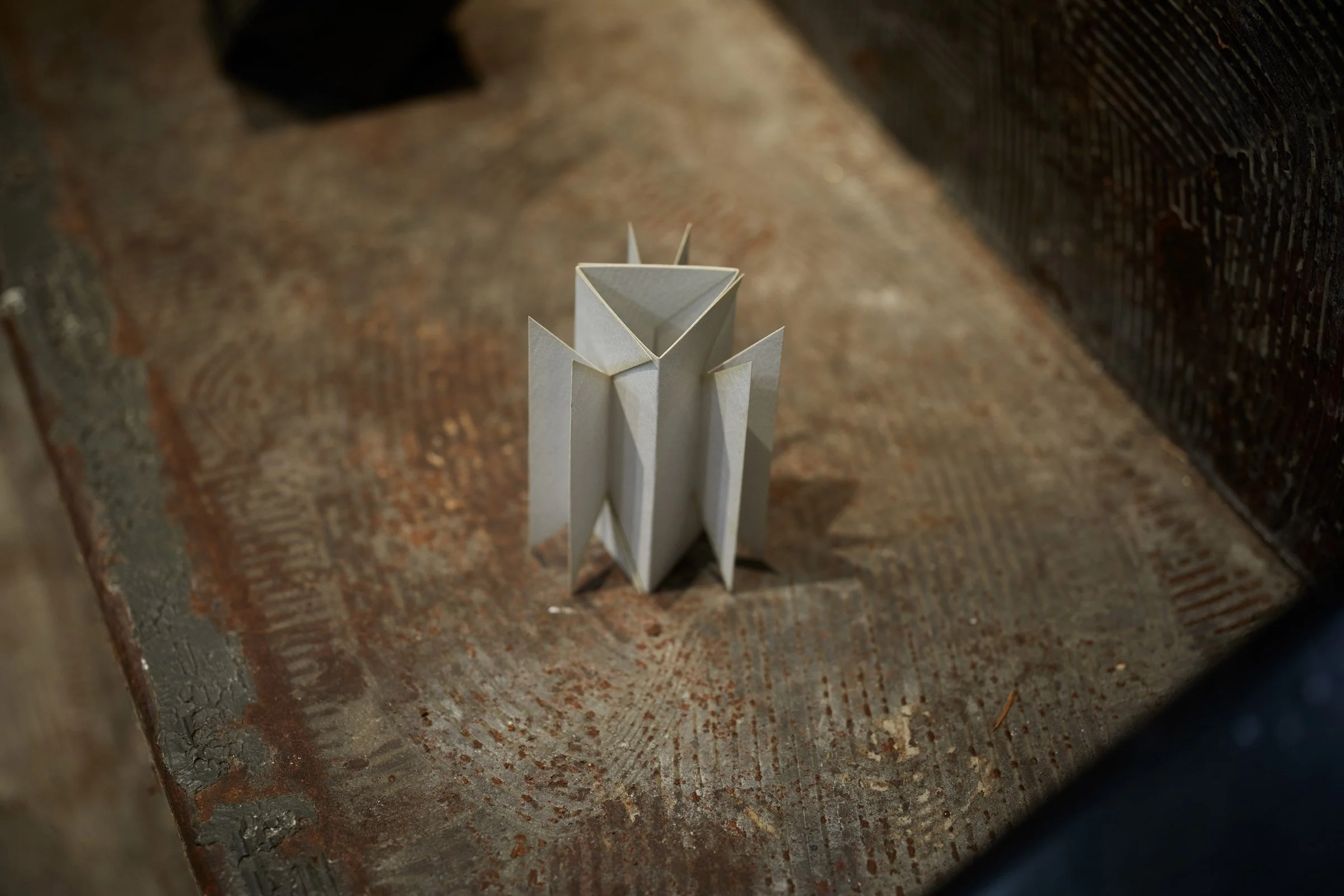Good Design Award 2017

It’s a crisp autumn day in Tokyo – the perfect autumn day, in fact. The kind that’s made for curling up with a book and a cup of tea if you’re feeling indoorsy, or gallery hopping if you’re not. At the Good Design space in the neighbourhood of Marunouchi, the latter is precisely what people are doing – milling around and taking in the latest exhibition. The showcase is a selection of shortlisted entries for this year’s Good Design Award programme.
The award, which began by promoting Japanese ingenuity in product design, is celebrating its 60th anniversary this year. More than 44,000 projects or products have been bestowed with the G Mark in that period of time, essentially representing the best of Japanese design since the Second World War. But these days it’s not just Japanese design taking home a coveted trophy – the entries this year were submitted from a total of 44 nations, with a quarter coming from Asia.
The programme has always operated with the mission of promoting and educating the wider public about how and why design can contribute to and improve everyday life. But this year it’s gone one step further by placing an emphasis on social issues: according to chairman Kazufumi Nagai the judging panel, consisting of 82 professional designers hailing from various disciplines and nations, focused on innovations that can help serve future society.
The judges, who included Muji’s creative director Kenya Hara and architect Gary Chang from Hong Kong, were tasked with the difficult decision of shortlisting 100 of the best entries from the original 4,495 submissions, and an even more difficult task of nominating one Grand Award winner.
This year’s Grand Award came down to the line, a tie leading to a tense re-vote between a micro leadless pacemaker by Medtronic and a new wind instrument by Yamaha called Venova. In the end, the pure joy elicited with, and the accessibility of, the latter came out on top. While it’s the size of a recorder and weighs in at only 180 grams, the instrument sounds much more like a saxophone. It’s the result of ten years of research and development, the help of computer simulations and a dedicated team of designers.
Each year the best 100 designs are exhibited to the public, in keeping with the award’s ethos. If you by chance miss out, award-winning products can be purchased from the nearby Good Design Store, a newly designed space by Nohara. Another lovely way to spend an autumn afternoon.






